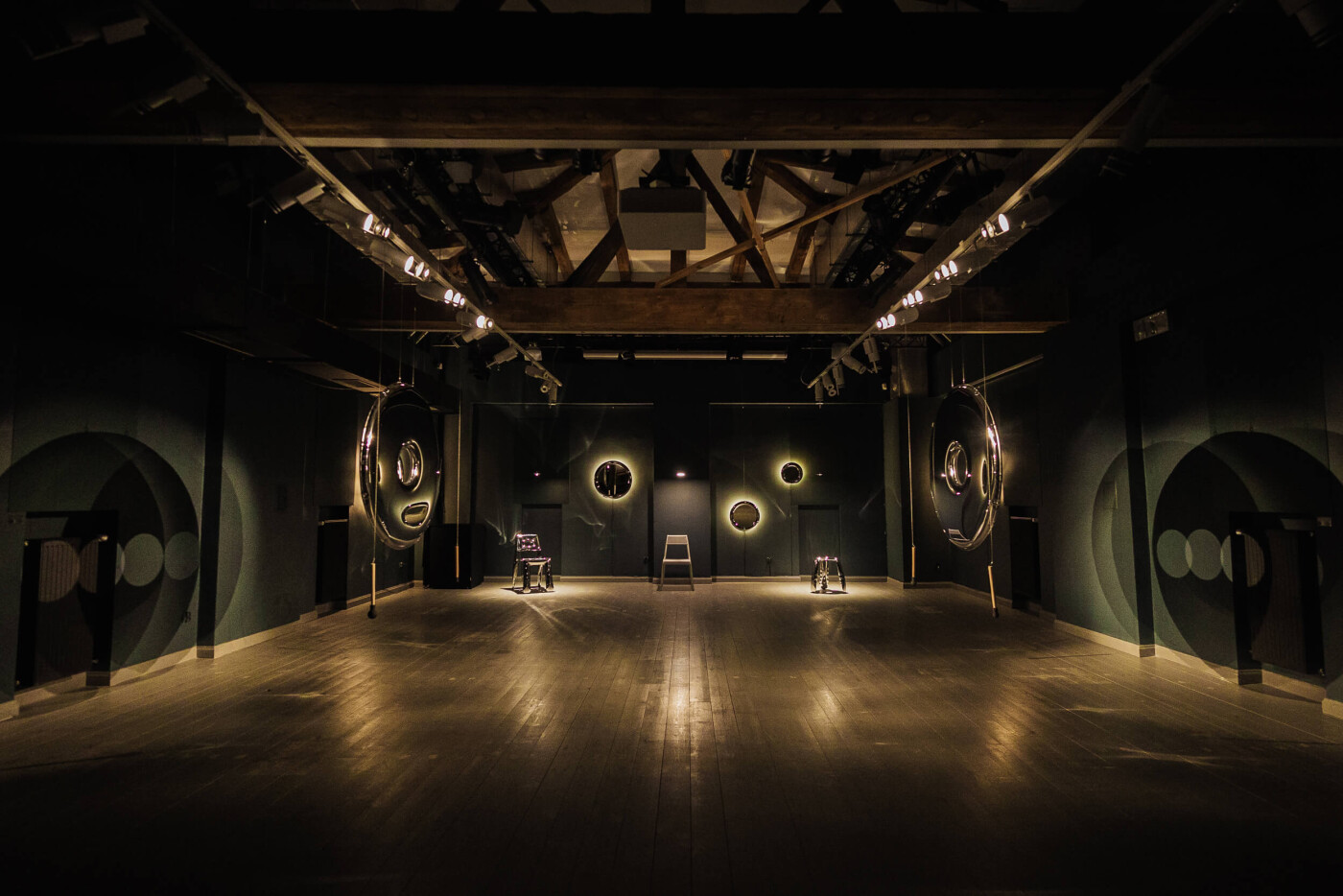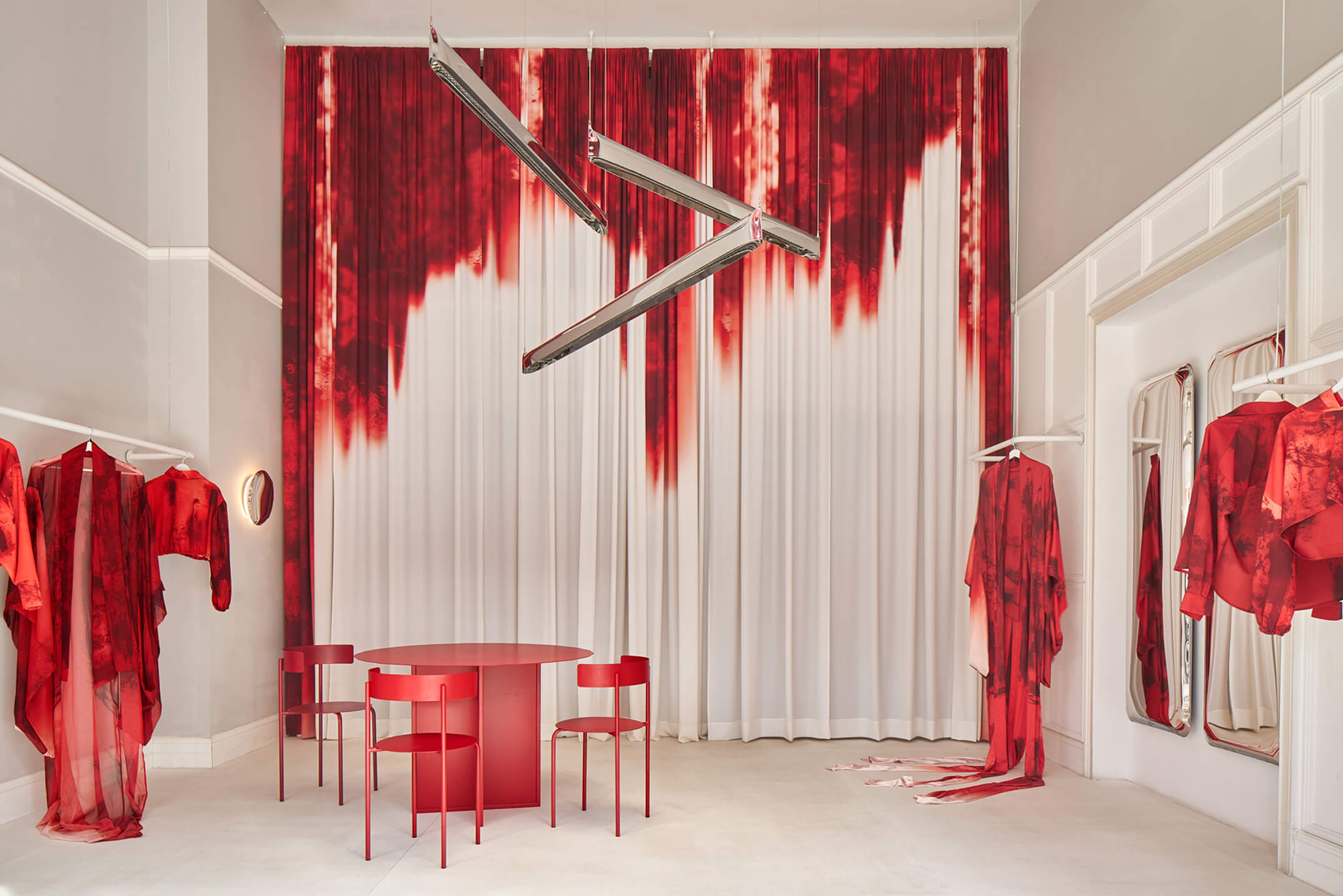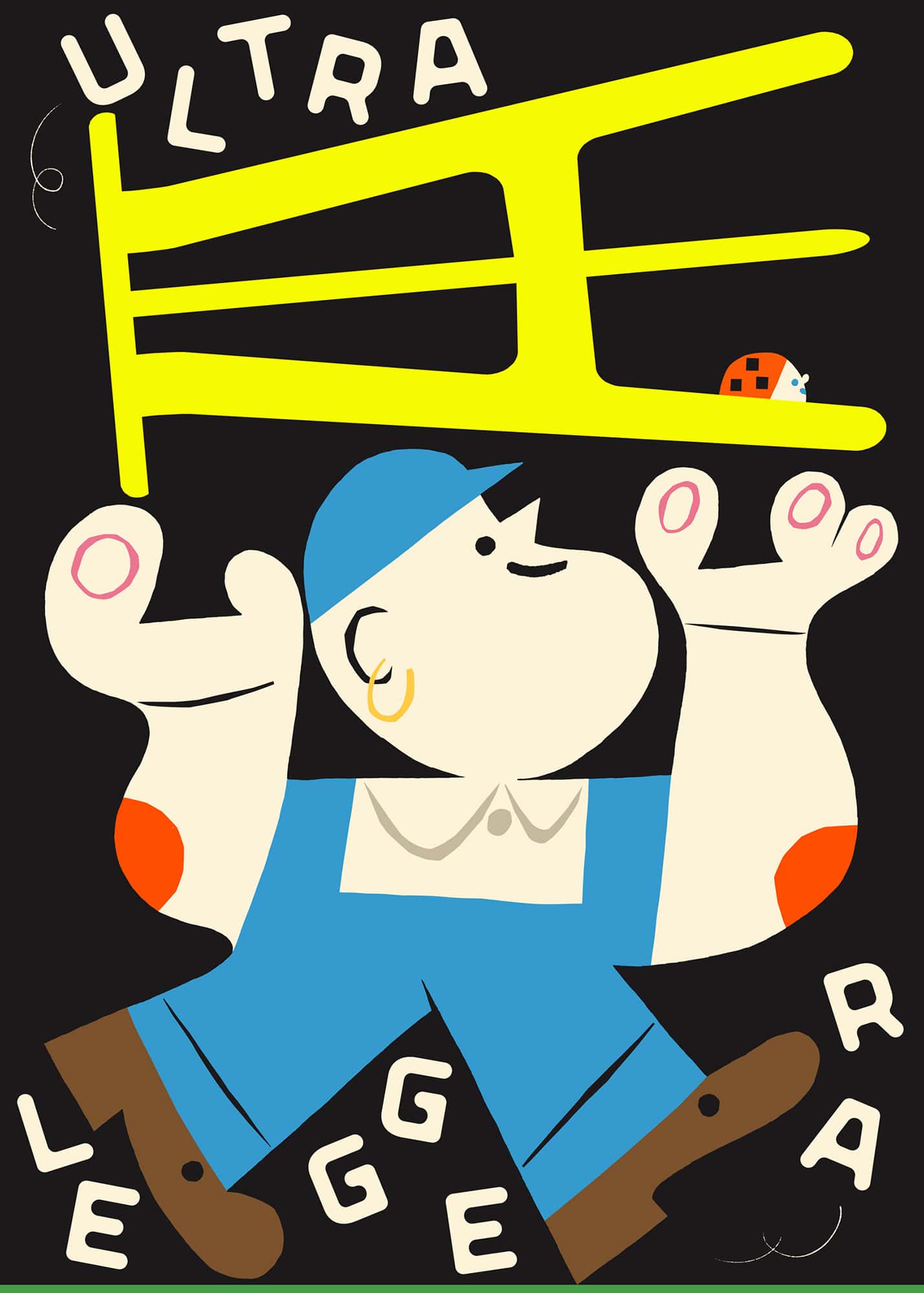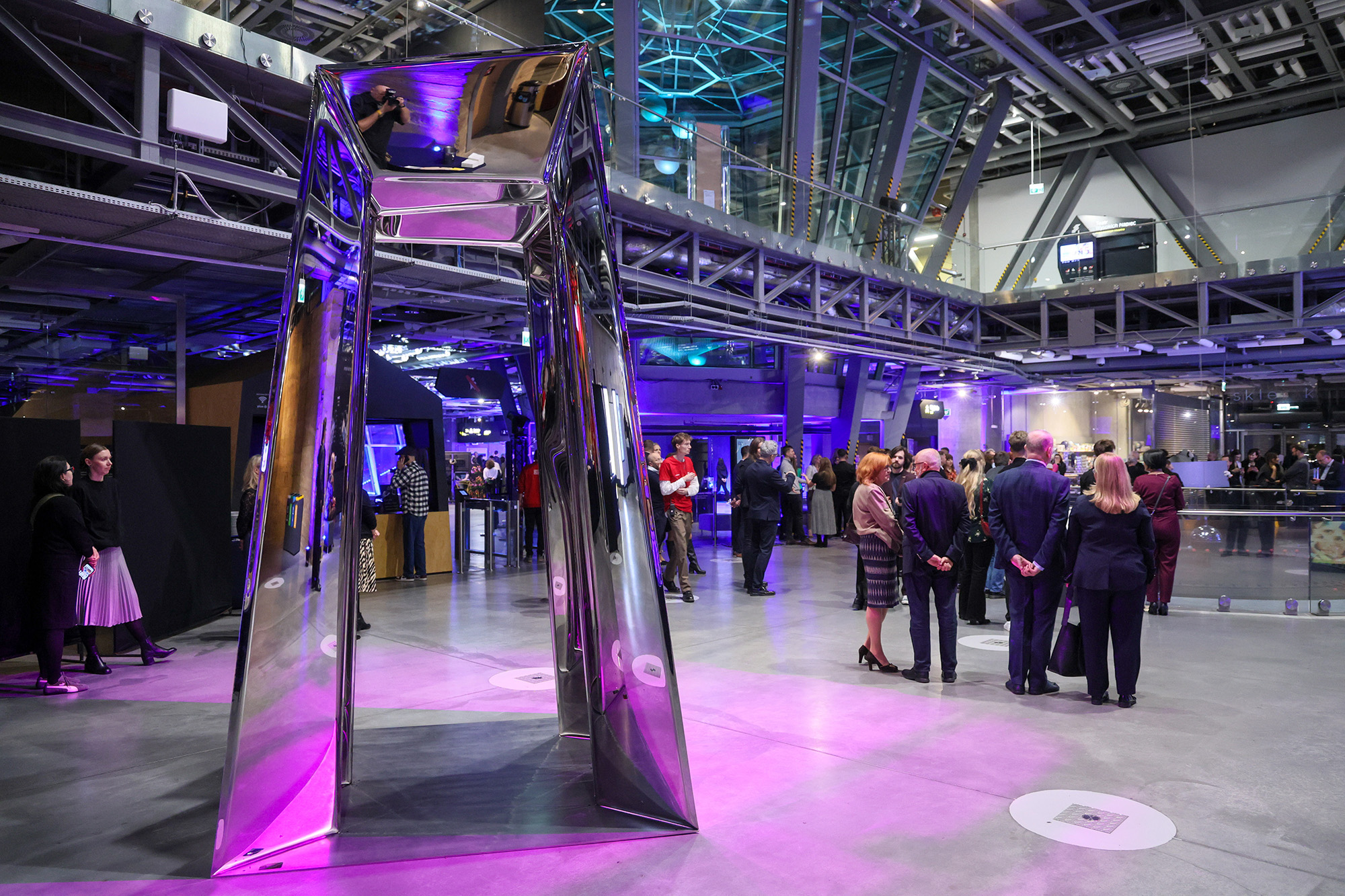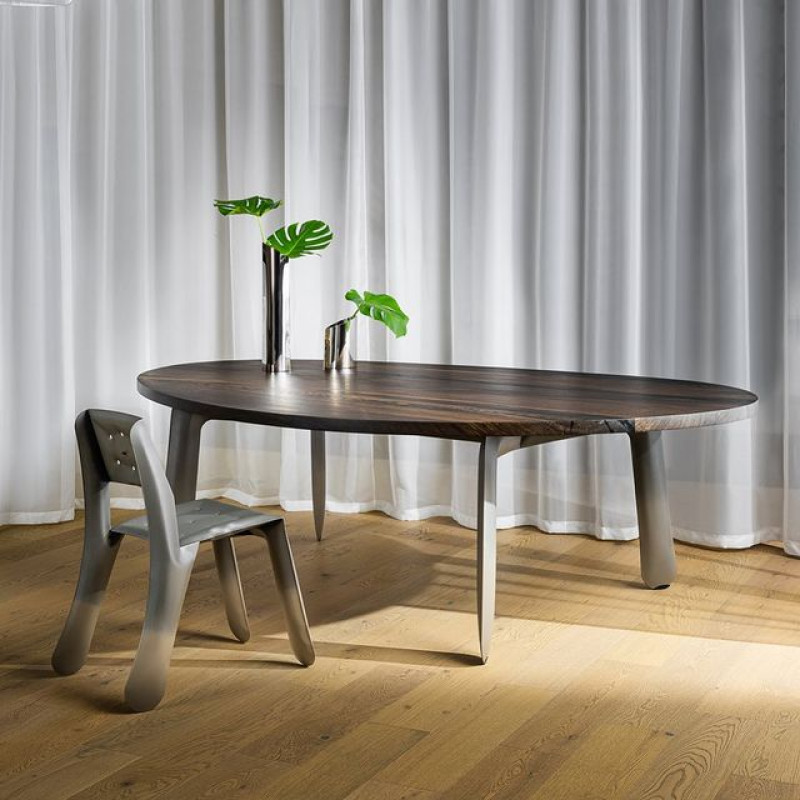Encountering the metal creations of Oskar Zięta at the Theatre Museum in Wrocław is a multi-dimensional experience. The central kinetic installation Interference leads visitors into parallel worlds—tangible and otherworldly. Into a realm of artistic deformation of metal—its plasticity and permanence. Into the world of sound—its character, its repetition, how it is felt and seen. And into the universe of unheard sound.
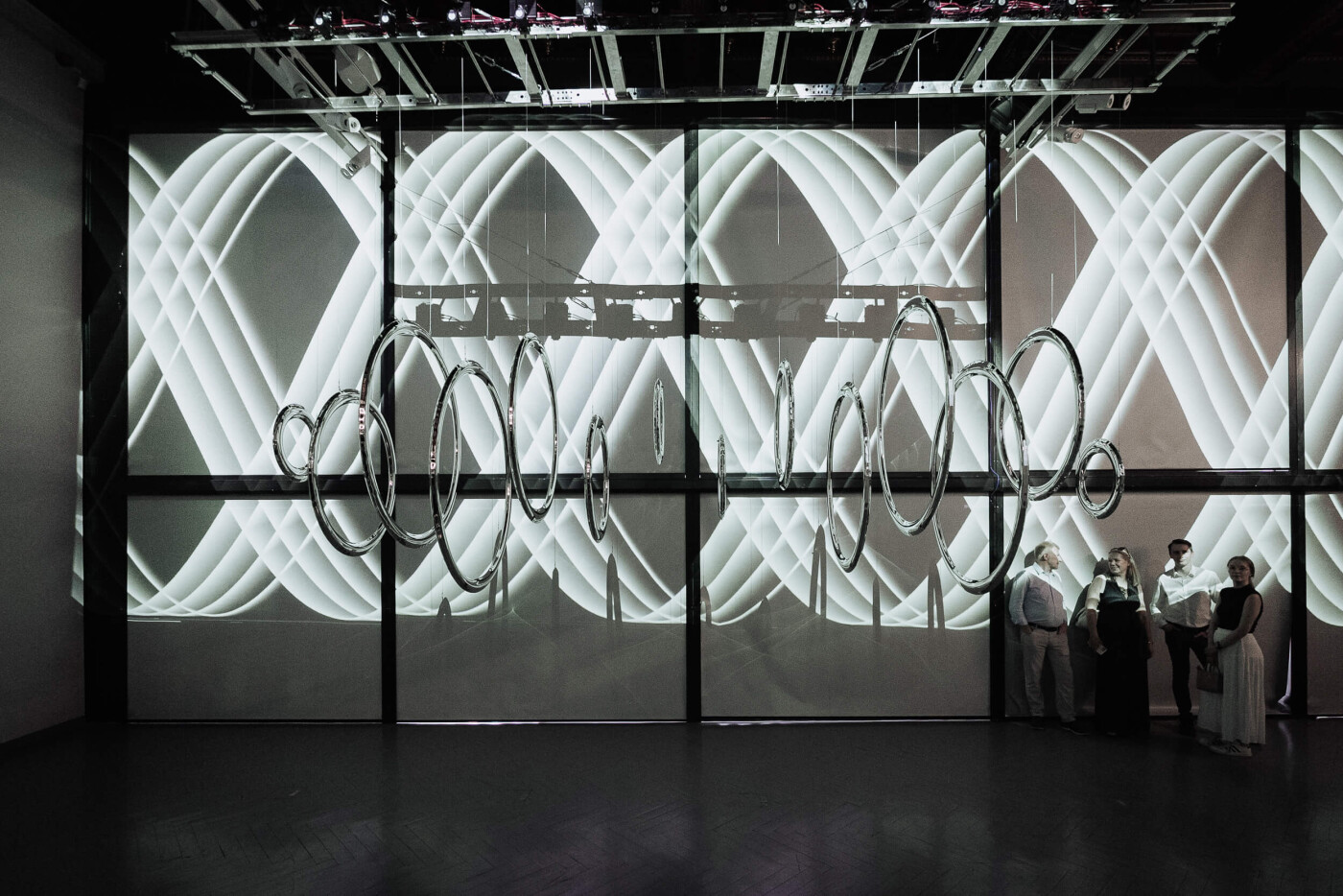
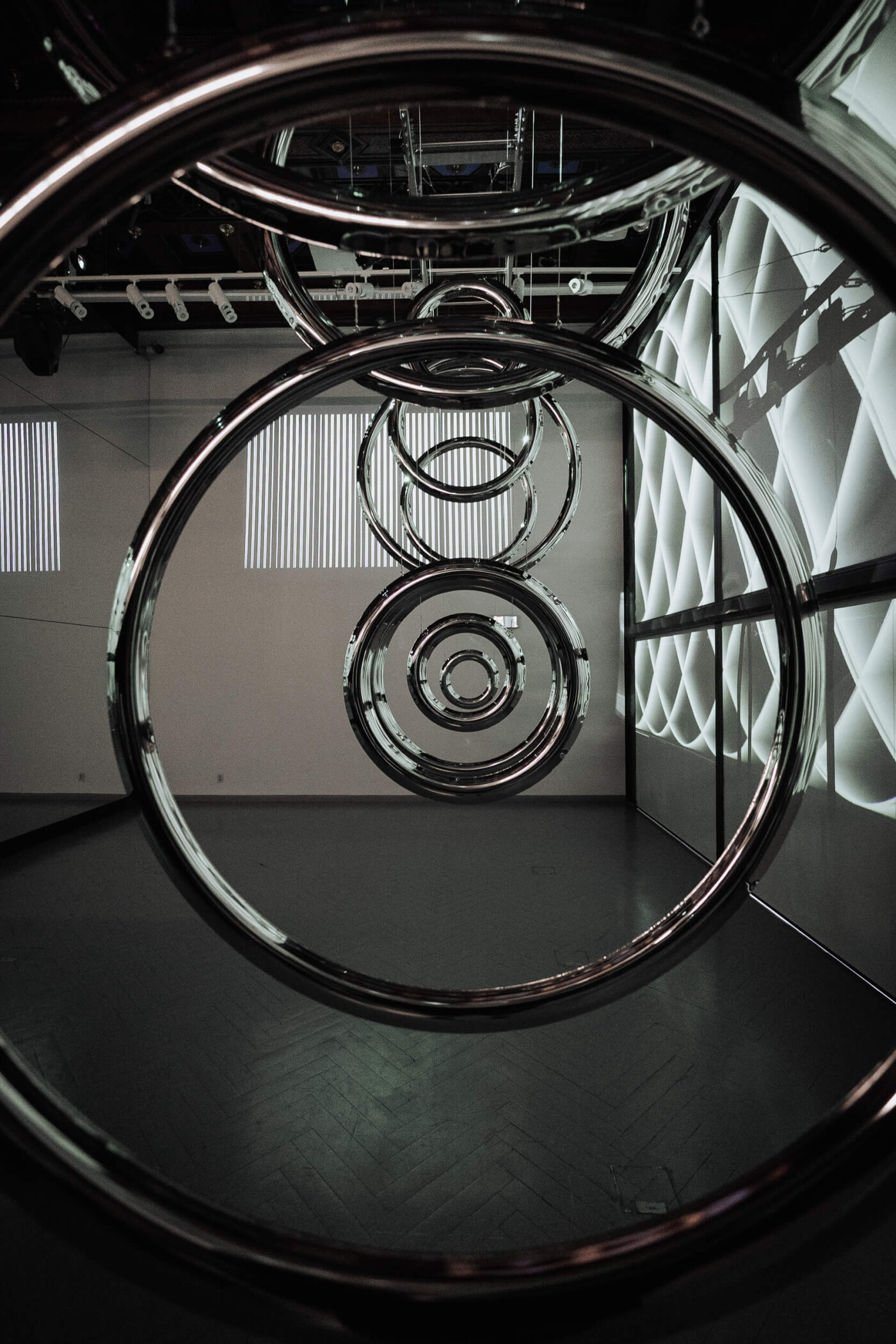

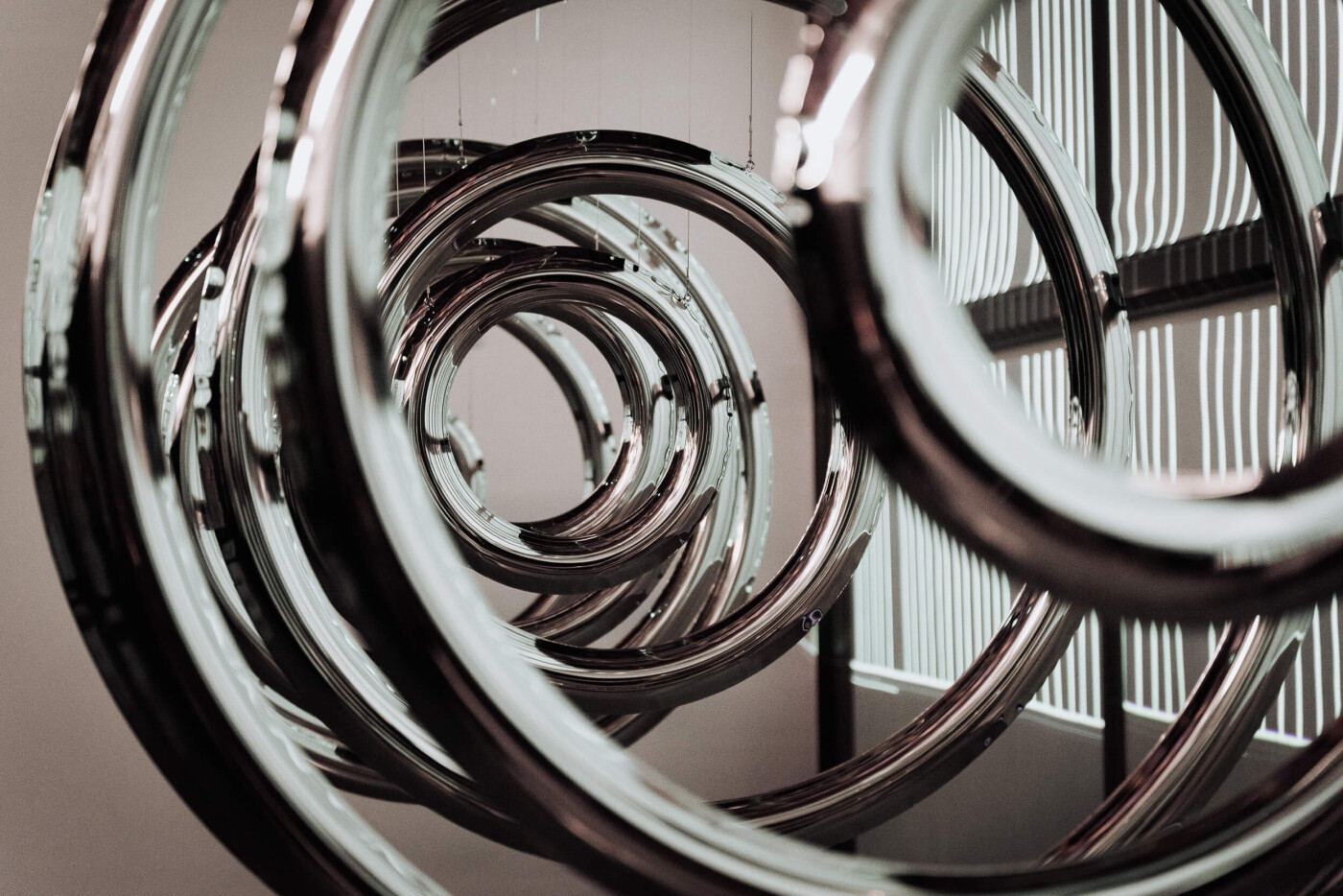
-large.jpg)
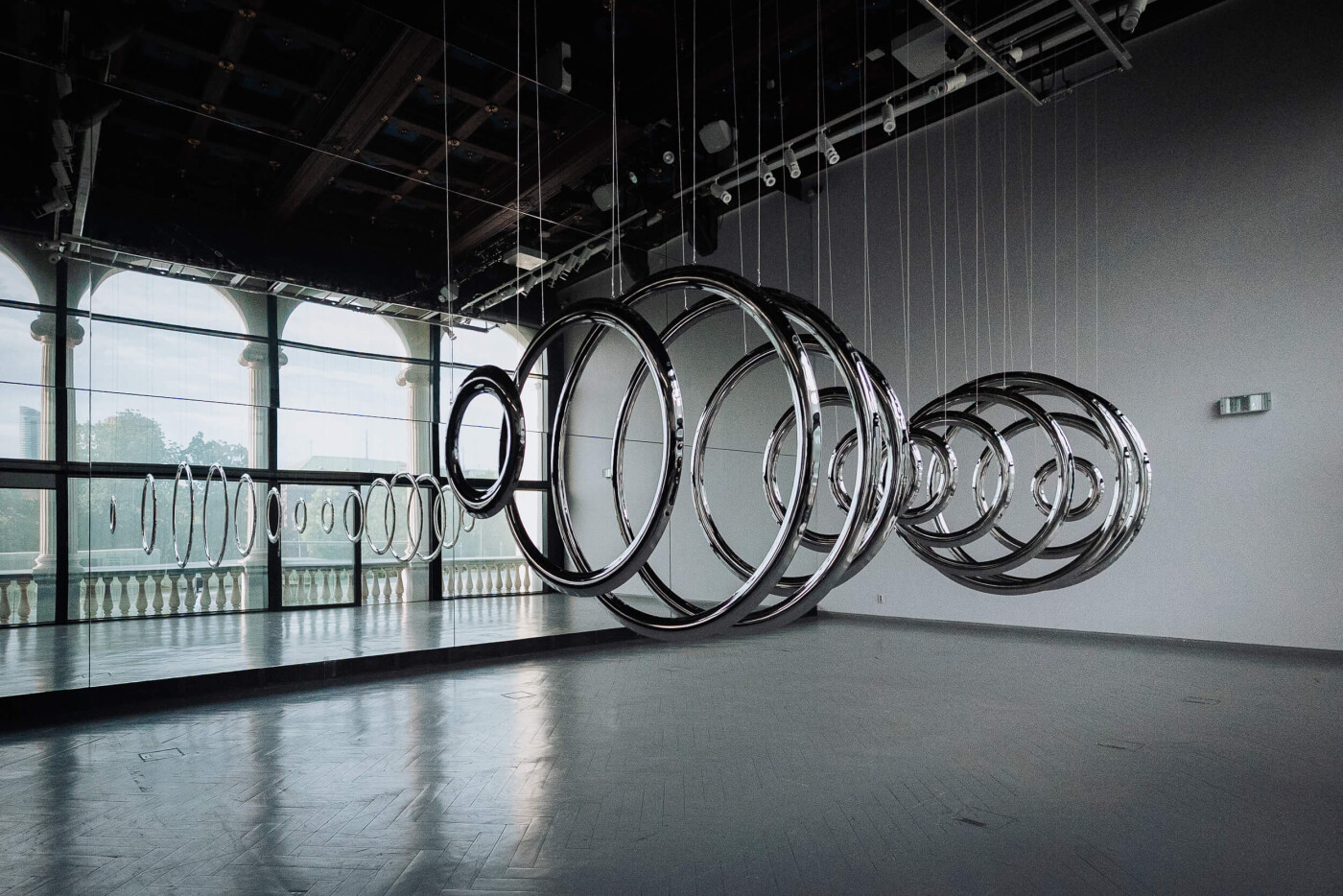
-large.jpg)
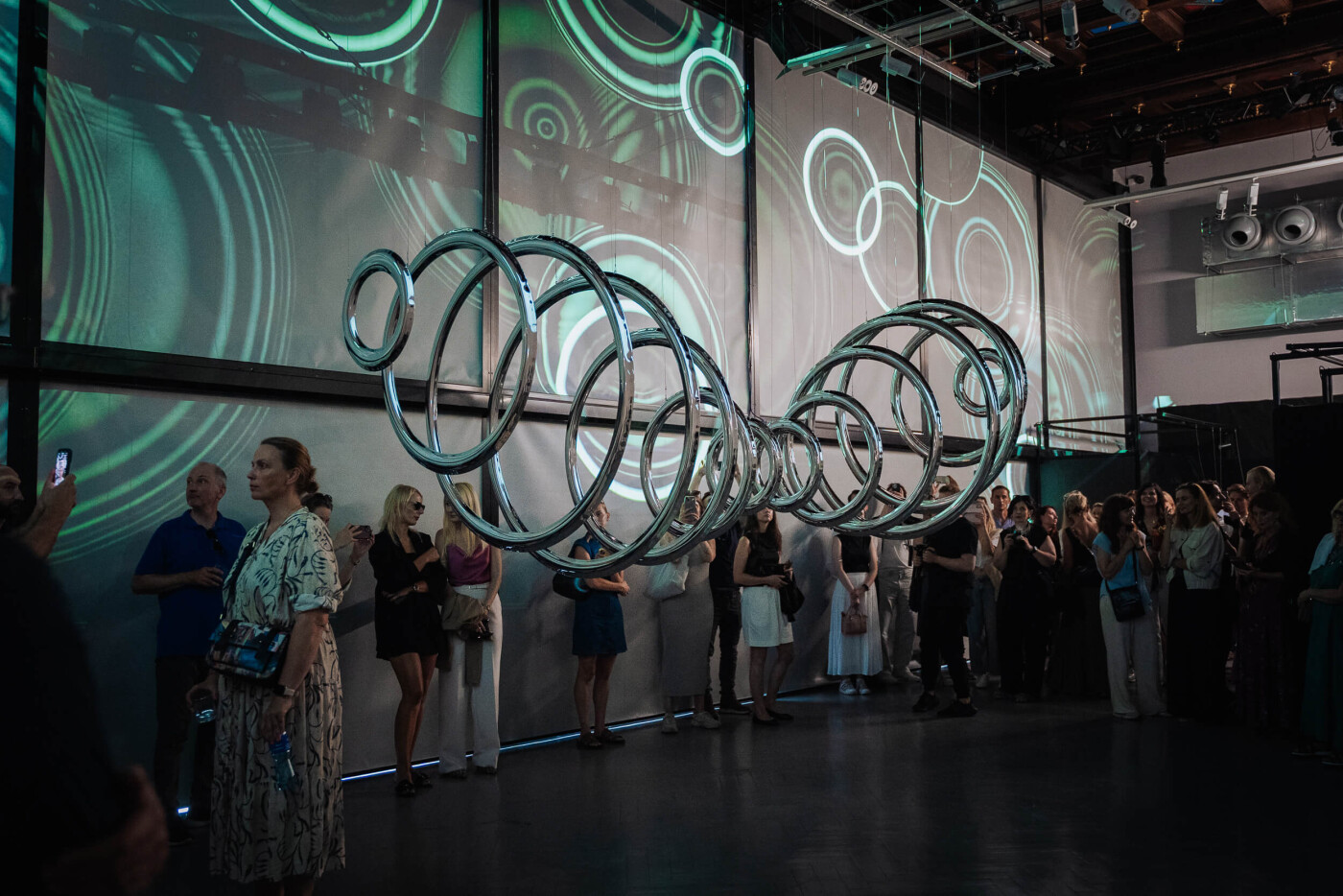
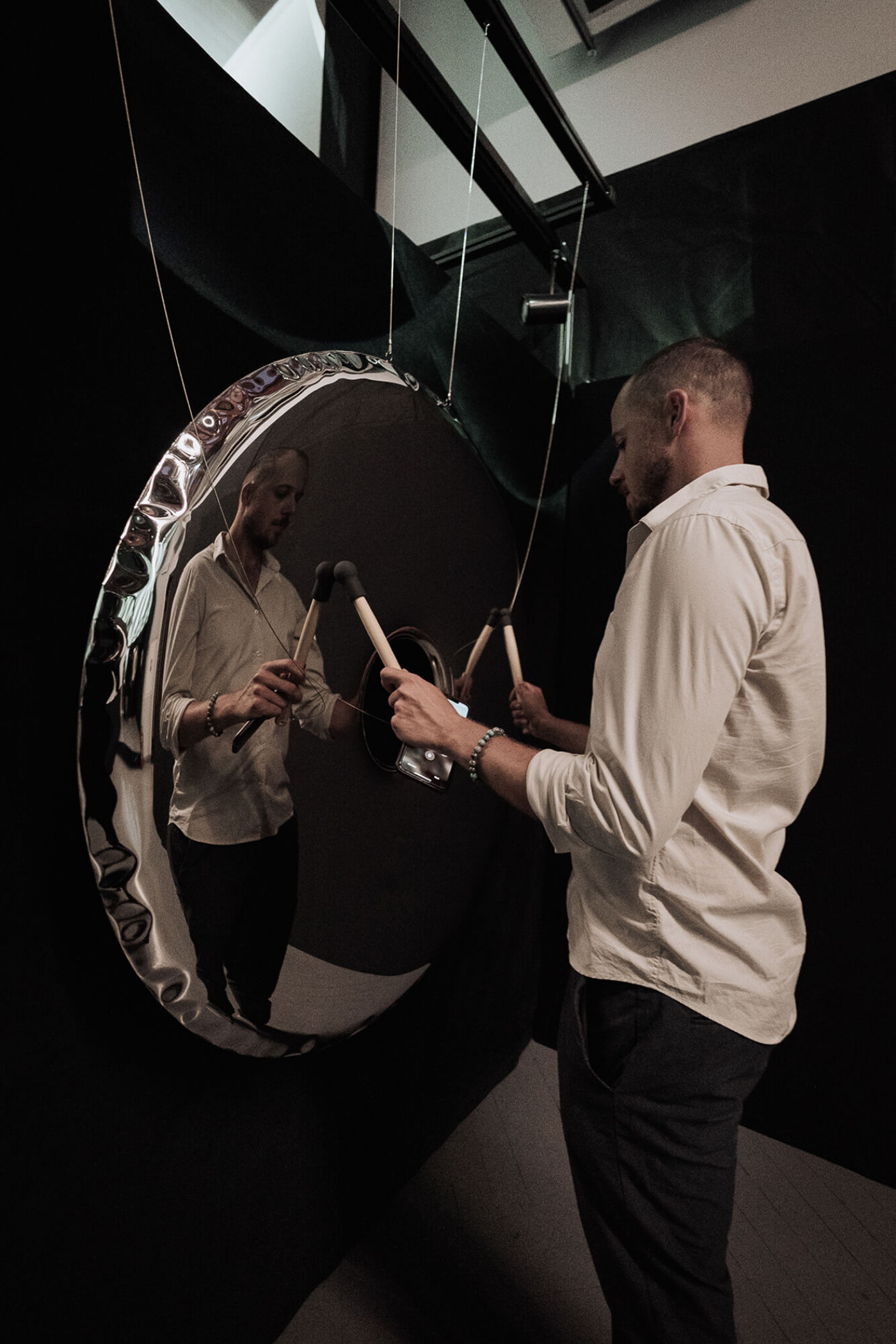
-large.jpg)
The Interferences exhibition was created in collaboration with the City of Wrocław and the Wrocław City Museum as part of the celebration of 15 years of Oskar Zięta’s creative work and the studio he leads—Zieta Studio. As part of the anniversary, visitors are also invited to the Wrocław Town Hall, where the Zieta Illustrated exhibition is on view—presenting the results of the artist’s collaboration with Polish illustrators.
Photographs: Adam Rajczyba, Jakub Musialski
